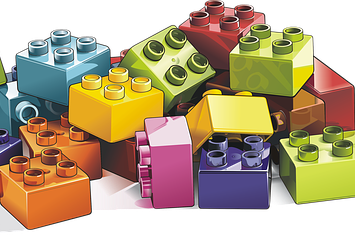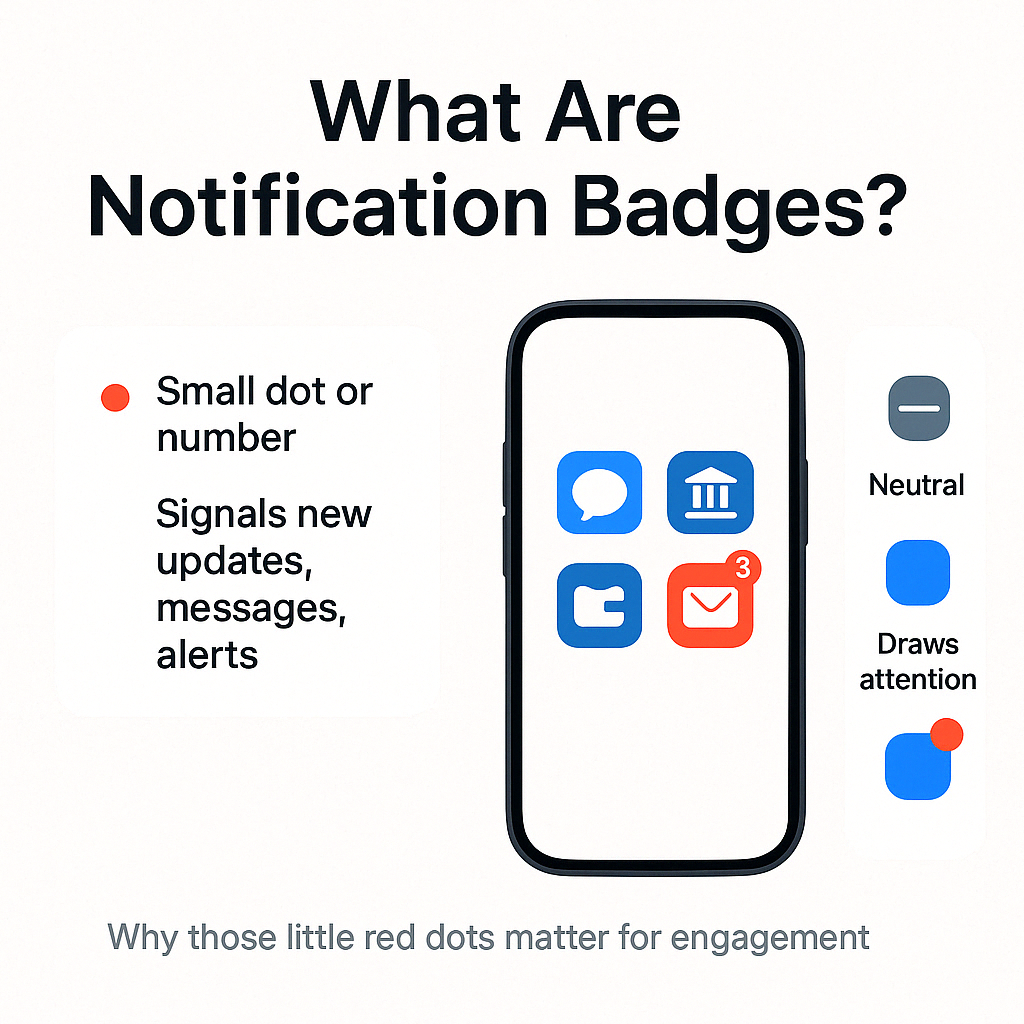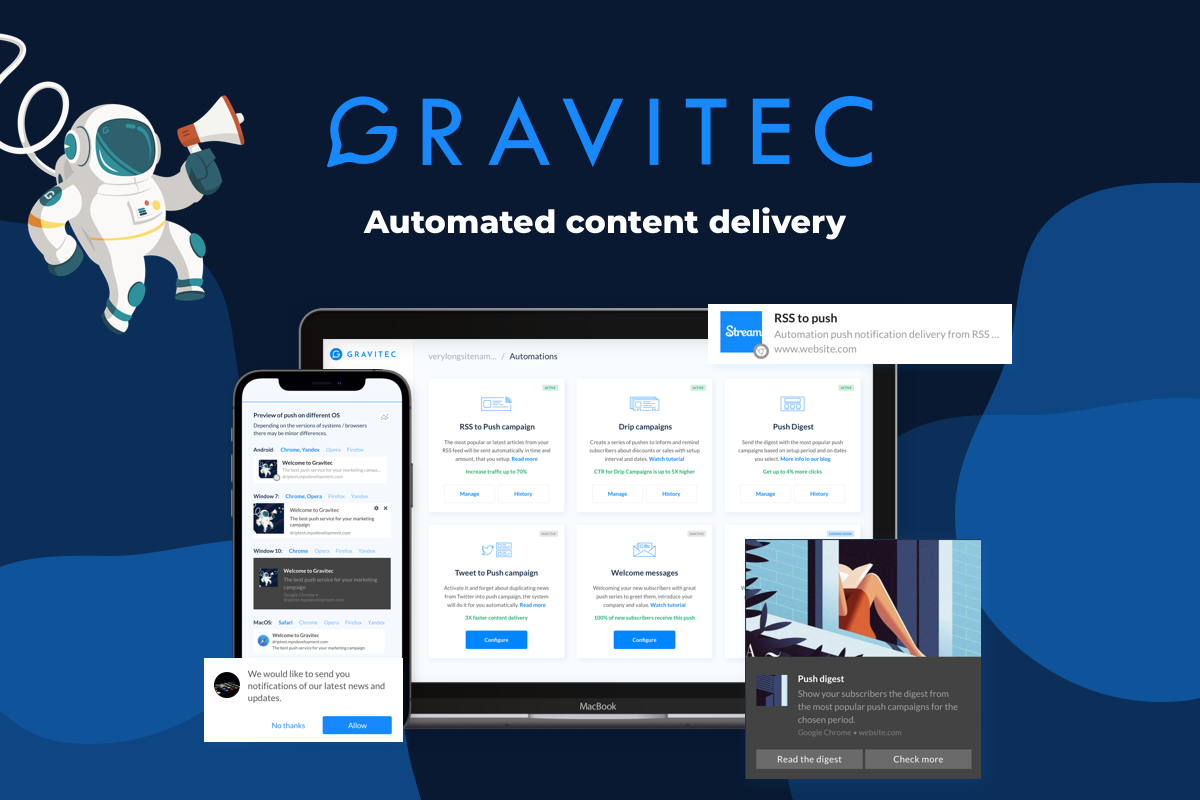The Customer Lifecycle refers to the time period from your first contact with a potential customer, to when a purchase is made, and you now have a loyal customer. For the most part, companies are primarily focused on attracting new customers.
TIP
In this article, we will examine Customer Lifecycle Marketing. What are the effective methods of interaction with consumers at each lifecycle stage?
What is Customer Lifecycle Marketing
Customer Lifecycle Marketing is a way to interact with consumers during the entire period of their connection with a brand or product. The concept is closely related to the definition of the sales funnel. The funnel refers to the specific path the consumer takes through the entire purchase process.
For example, if a B2B website attracts 1000 visitors a day, this is the funnel top line. Suppose that 90% of these visitors look through one page, and 10% go further along the funnel to register on the website. And, 1% actually makes a purchase. We can see the pattern of how customers move through a sales funnel.
The goal of Customer Lifecycle Marketing is to improve each stage of interaction between the consumer, and the product, in order to optimize your marketing strategy and increase profits.
Customer Lifecycle Stages
What are all stages of a customer journey?
The terminology may differ for specific cases, but here is the general outline:
- Awareness
- Engagement
- Evaluation or Consideration
- Conversion or Purchase
- Post-Purchase
- Advocacy
Awareness
Awareness refers to how a customer gets introduced to the product. This is the first impression and point at which you start telling your story to a consumer. For example, it might be an outdoor ad or a Youtube video. If it happens to be the result of a Google search, then there is a higher likelihood that it will lead to the Engagement stage.
Engagement
At this stage, the consumer is interested in your offer and needs additional information to make a decision. They will examine your product features. You need to help them in their investigation and answer their questions so that they move forward to the next step.
Evaluation or Consideration
The consumer is engaged, but they need to evaluate your product/service in comparison to the market. They need to compare pricing. You need to pay close attention to the transparency of your company, and the availability of important information, such as terms, costs, contacts, etc.
Conversion or Purchase
If a customer is satisfied with your offer, they will proceed to make a purchase, or to some other type of conversion action, such as subscribing to a free online course.
Post Purchase
Many companies underestimate this stage and their funnel ends at the sale. However, considering the difficulty in attracting and motivating a consumer, it would be wise to not lose sight of them. The consumer already trusts your company if the buying process went smoothly. They know your brand, and it is much easier to further the relationship than to attract a new customer.
Advocacy
A perfect sales funnel includes an advocacy stage. This means that your customers become living advertisements for your product. Word of mouth is the most effective way to expand the number of customers. This phenomenon indicates a high degree of customer loyalty.
That is the complete lifecycle model.
Goals of Customer Lifecycle Marketing
As mentioned above, the goal of Customer Lifecycle Marketing is to ensure the unimpeded journey that a customer takes through all the stages, up to and including Advocacy.

Therefore, businesses should make efforts to:
- Reach the target audience as broadly as possible.
- Familiarize consumers with their brand.
- Provide comprehensive information on their products.
- Arouse consumer interest, and engage them.
- Keep a close eye on your competition.
- Motivate people to purchase.
- Provide them with support during and after their purchase.
- Retain customers by deepening the interaction.
- Encourage them to give you feedback.
- Alert the customer to additional products which will complement their purchase.
All of these points correspond to the stages of passing through the sales funnel.
How to Use Customer Lifecycle Marketing
What methods are used in Customer Lifecycle Marketing? It depends on your business and how it sells its products.
There are some tips on how to improve your strategy at each stage.
In the awareness phase, you need to reach as many consumers as possible. How can you do it? There are several strategies:
- SMM
- SEO
- Ads (digital and/or non-digital)
For engagement, generate content that gives people a deeper insight into your service. Your content can be placed in a blog, if it drives traffic, or on well-known partner websites with related topics. Find the most frequently asked questions about your product and give comprehensive answers. This will increase your credibility, and help the consumer navigate through the market.
At the evaluating stage, a visitor often becomes a lead. You can track their interests and provide personalized feedback (email, push notifications, etc.). In order to complete this phase successfully, provide consumers with content to compare your product with the competition. For example, Nikon vs. Canon, etc. Use Call-to-Action to convert a lead into a prospect.
After a customer has made the decision to purchase, carry them through the selection and payment process. Many transactions are interrupted and result in an abandoned cart. To counter this, test the purchase process. If the client leaves the website or temporarily refuses the purchase, try to bring them back into the funnel. For example, remind them of an abandoned cart in a timely manner, or offer a special discount. Provide technical support and timely delivery.
Make sure that the customer is satisfied after the purchase.
- Ask their opinion about your product and learn about any problem.
- Offer goods that can complement their purchase (cross-sell). For example, after one buys a bike, they may need a helmet or a pump.
- Determine what they will need over time (for instance, diagnostics or repair).
- Offer a loyalty program.
- Create a channel for long-term interaction or a club for your customers. This will help you to continue interacting with your client
If a customer feels like they are part of a community, they are more likely to advocate and promote your brand. Therefore, by creating a friendly space with feedback, your customers end up becoming part of your team.
How to Boost Full Lifecycle Marketing
Set clear goals at each stage of the customer lifecycle, respond to consumer requests, and take into account market realities.
- While building a strategy in the awareness phase, focus on the problems your product purports to solve.
- At the engagement stage, focus on answering all questions, and providing clear and concise information about your product, to prompt a purchase.
- In the evaluation phase, highlight the advantages of your service with other offerings in the market. Emphasize the special features of your product. Make sure that you have a way to contact/communicate with interested consumers on a personal basis (i.e. email).
- After the purchase phase, ask the customer to evaluate the buying experience, so that you might learn how to improve it. Depending on the purchase, predict the period until the next user request. Offer related services or products (up-sell, cross-sell).
- Use marketing channels for client retention, do not lose contact with them, and build long-term relationships.
Emails, push notifications, instant messengers, social networks (Instagram, Facebook, etc.) are suitable for communication in digital marketing.
- Web push notifications is the easiest way to establish further contact with a website visitor. To install it for your WordPress website, try the Gravitec.net plugin.
- Social media such as LinkedIn is suitable for cold outreach and lead nurturing if you use a specialized tool like Impasto.io.
- Email marketing is great for lead nurturing with such tool as Aweber.
The Benefits of Lifecycle Marketing
With Lifecycle Marketing, you can see the complete business promotion scheme, instead of its separate parts. This allows optimizing steps, improving communication, and ultimately, increasing revenue. Evaluating the results at each stage in the funnel, you can analyze your marketing activities and discover weaknesses in your marketing efforts. Instead of focusing only on attracting new customers, you can also find where you might be able to increase your revenues. This is an integrated approach, which takes into account your intermediate- and long-term objectives.
If you have any questions about push notifications, please contact the Gravitec.net support team.






